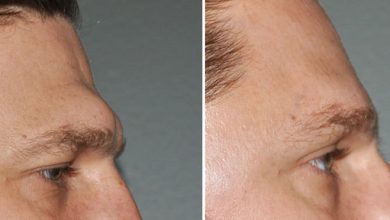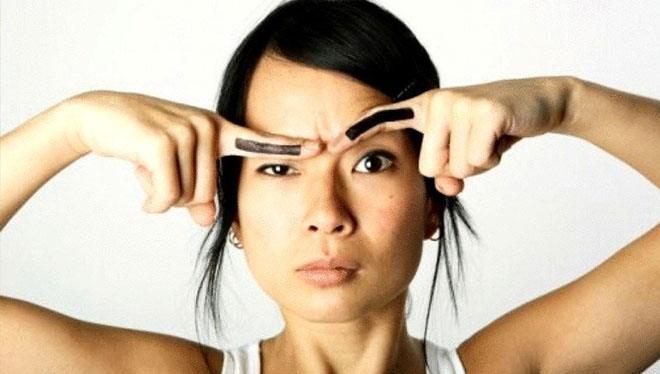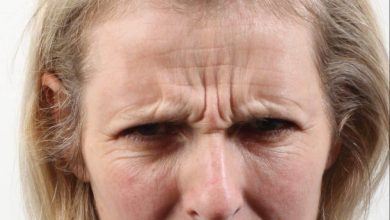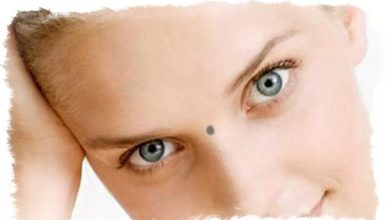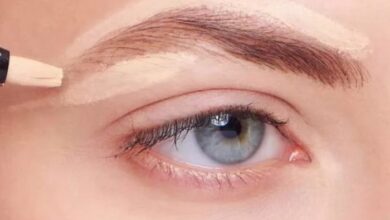The Meaning Behind Furrowing Your Brows: Unraveling the Hidden Messages

Facial expressions have long been recognized as powerful forms of nonverbal communication, capable of conveying a multitude of emotions and messages. Among these expressions, furrowing your brows stands out as a particularly intriguing gesture. The act of furrowing, or wrinkling, the space between your eyebrows can reveal insights into your state of mind and emotions. Whether it’s a sign of intense concentration, confusion, concern, or a form of nonverbal communication, understanding the meaning behind furrowing your brows can enhance our ability to connect with others on a deeper level. In this comprehensive guide, we will explore the various implications of furrowing your brows, unraveling the hidden messages behind this fascinating facial expression.
Key Takeaways:
- Furrowing your brows is an instinctive reaction that can convey emotions such as concentration, confusion, and concern.
- It can serve as a nonverbal form of communication, signaling active listening or a need for clarification.
- Cultural and contextual factors play a role in interpreting the meaning of furrowed brows.
- Techniques such as mindfulness meditation and stress management can help relax furrowed brows.
- In some cases, frequent or excessive brow furrowing may be a symptom of underlying medical conditions.
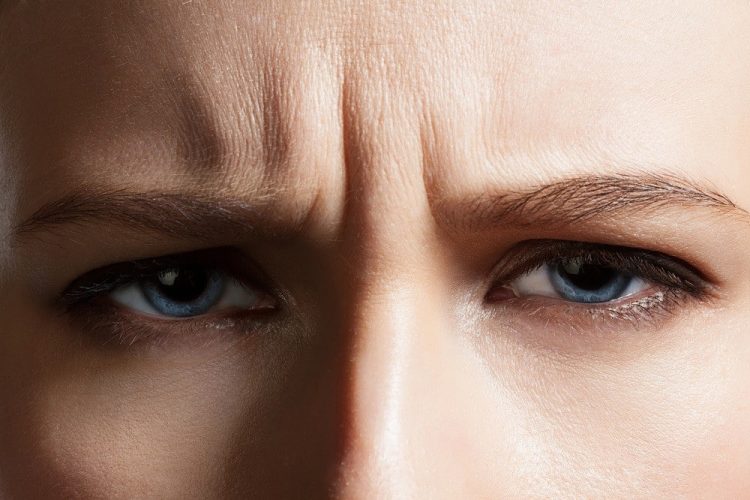
Furrowing your brows is a facial expression that conveys a multitude of emotions and messages. When someone furrows their brows, it is an involuntary reaction that often reflects concentration, confusion, or concern. This article aims to explore the various meanings behind furrowing your brows, shedding light on the nuances of this intriguing facial gesture.
Furrowing Your Brows: A Window into Human Emotions
The Basics: What is Brow Furrowing?
Brow furrowing occurs when the space between the eyebrows narrows, resulting in vertical lines or creases. It is an instinctive facial movement that involves contracting the corrugator muscles located above the eyes. This action leads to the wrinkling of the forehead, creating a distinctive expression that is easily recognizable.
Concentration and Deep Thought
One common interpretation of furrowing your brows is intense concentration or deep thought. When faced with a complex task or attempting to solve a difficult problem, individuals often furrow their brows unconsciously. The act of furrowing helps to block out distractions and channel focus, allowing for enhanced cognitive processing.
Concern and Worry
Expressions of concern and worry are frequently conveyed through furrowed brows. When individuals are anxious or troubled about a particular issue, they may furrow their brows as a physical manifestation of their emotional state. This gesture often communicates the need for empathy and understanding from others.
Nonverbal Communication: Beyond Words
Beyond emotions, furrowing your brows can also function as a nonverbal form of communication. In social interactions, it can signal to others that the individual is listening attentively or seeking clarification. Furrowed brows may prompt others to provide additional information or express their thoughts more clearly.
Cultural and Contextual Variations
The interpretation of furrowed brows can vary across different cultures and contexts. While the basic emotions associated with brow furrowing are universal, the intensity and meaning attributed to the gesture can differ significantly. It is essential to consider cultural nuances and the specific context in which the brow furrowing occurs to accurately interpret its implications.
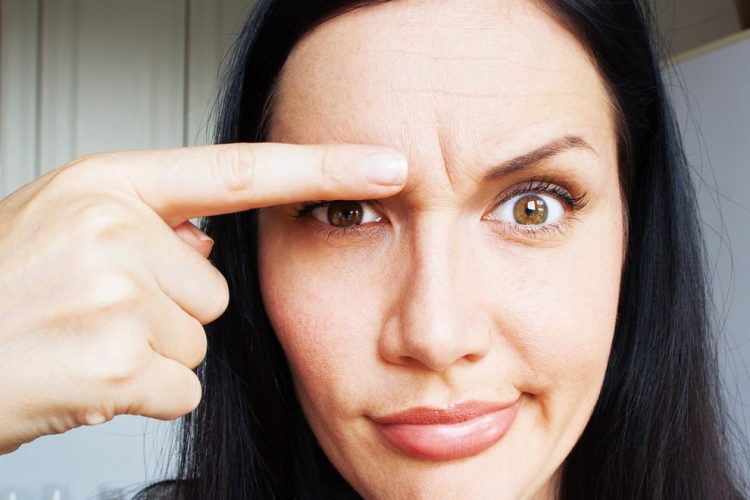
Techniques for Relieving Furrowed Brows
Frequent furrowing of the brows can lead to the development of deep lines and wrinkles on the forehead over time. Here are some techniques that may help relieve furrowed brows and promote relaxation:
1. Mindfulness Meditation: Practicing mindfulness meditation can cultivate awareness and reduce stress levels, potentially alleviating habitual furrowing of the brows.
2. Stress Management: Engaging in stress-reducing activities like exercise, yoga, or spending time in nature can minimize tension and prevent excessive furrowing.
3. Facial Massage: Gently massaging the forehead and brow area with upward strokes can help relax the muscles and release tension.
4. Skincare and Moisturization: Maintaining a healthy skincare routine and using moisturizers can improve skin elasticity and minimize the appearance of wrinkles caused by brow furrowing.
Botox Injections: In severe cases, where furrowed brows become permanent and bothersome, individuals may consider consulting a medical professional for Botox injections as a temporary solution.
It is important to remember that furrowing your brows is a natural and instinctive response, and occasional brow furrowing is not necessarily a cause for concern. However, if you find yourself furrowing your brows frequently or excessively, it may be helpful to explore the underlying reasons behind it. Seeking guidance from a healthcare professional or therapist can provide valuable insights and strategies for managing stress, anxiety, or any other underlying factors contributing to excessive brow furrowing.
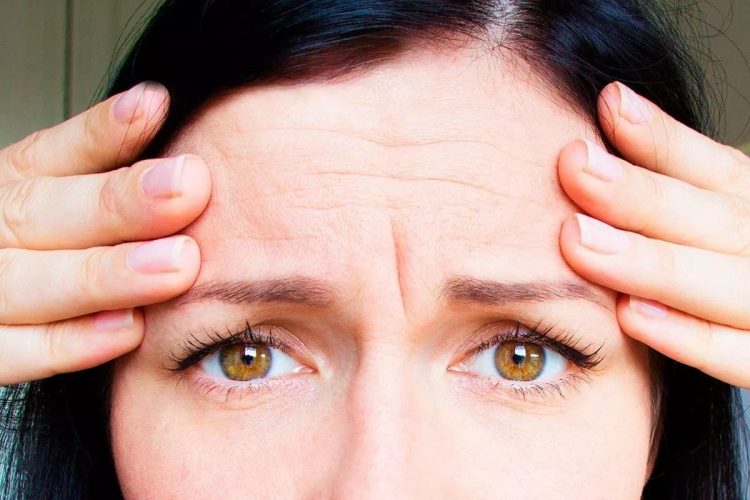
The Impact of Frequent Brow Furrowing
While furrowing your brow is a natural response to emotions and thoughts, doing it repeatedly over time can lead to the formation of permanent wrinkles. These lines, often called “worry lines” or “frown lines,” develop due to repeated muscle contractions in the forehead area.
Preventing Wrinkles from Furrowed Brows
To minimize the long-term effects of frequent brow furrowing, consider the following tips:
- Relax Your Face: Be mindful of facial tension and practice consciously relaxing your forehead throughout the day. Progressive muscle relaxation techniques can also help reduce unconscious tension.
- Hydrate and Moisturize: Keeping your skin well-hydrated helps maintain its elasticity and reduces the formation of wrinkles. Consider using hydrating serums with hyaluronic acid for added moisture retention.
- Use Sunscreen: UV rays accelerate skin aging, so applying SPF 30+ sunscreen can help protect against premature wrinkles. Additionally, wearing sunglasses can reduce squinting, which contributes to furrowing.
- Practice Stress Management: Techniques such as deep breathing, meditation, and mindfulness can reduce tension that leads to excessive brow furrowing. Regular physical exercise, such as yoga or stretching, can also alleviate stress-related muscle contractions.
- Seek Professional Treatment: If wrinkles are a concern, dermatological treatments such as facial fillers, laser resurfacing, or anti-aging skincare products can help reduce their appearance. Consulting a dermatologist for personalized skincare advice can also be beneficial.
FAQ: Decoding the Implications of Furrowing Your Brows
Why do people furrow their brows unconsciously?
People often furrow their brows without realizing it, usually as a reaction to stress, deep thought, or emotions such as confusion and worry. It is a natural, involuntary response that helps convey feelings to others.
Can furrowing your brows cause permanent wrinkles?
Yes, frequent brow furrowing can lead to the development of permanent lines on the forehead due to repeated muscle contractions. Proper skincare, hydration, and relaxation techniques can help minimize their appearance.
How can I stop furrowing my brows so much?
Being mindful of your facial expressions and practicing relaxation techniques can help reduce excessive brow furrowing. Stress management strategies such as deep breathing, meditation, and yoga can also be beneficial.
Is a furrowed brow always a sign of negative emotions?
Not necessarily. While a furrowed brow is commonly associated with negative emotions like anger or confusion, it can also indicate deep concentration, intense focus, or determination.
Are there medical treatments to reduce frown lines?
Yes, treatments such as Botox, dermal fillers, laser resurfacing, and prescription anti-aging creams can help reduce the appearance of frown lines. Consulting a dermatologist can provide personalized recommendations.
Conclusion
Furrowing your brows goes beyond a mere physical movement – it is a powerful expression that speaks volumes about our emotions, thoughts, and intentions. Understanding the intricate meanings behind furrowed brows allows us to better comprehend the complexities of human communication. Whether it’s the intensity of concentration, the depths of confusion, the weight of concern, or the subtle cues of nonverbal interaction, our brows have the ability to convey a rich tapestry of messages. By embracing this knowledge, we can foster more meaningful connections, develop empathy, and navigate social interactions with greater insight. So, the next time you furrow your brows or encounter someone doing so, take a moment to appreciate the profound depths hidden within this seemingly simple facial gesture.

